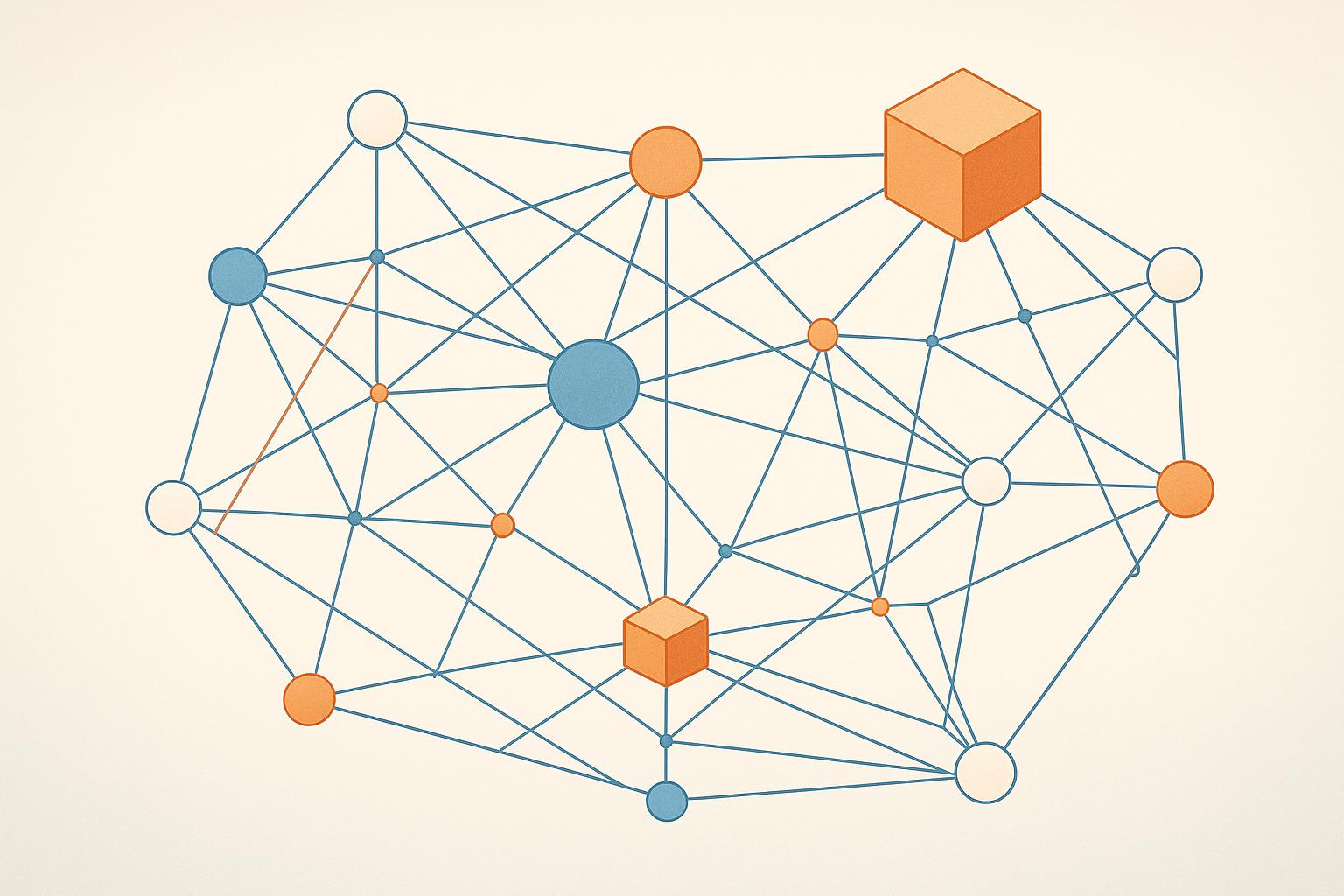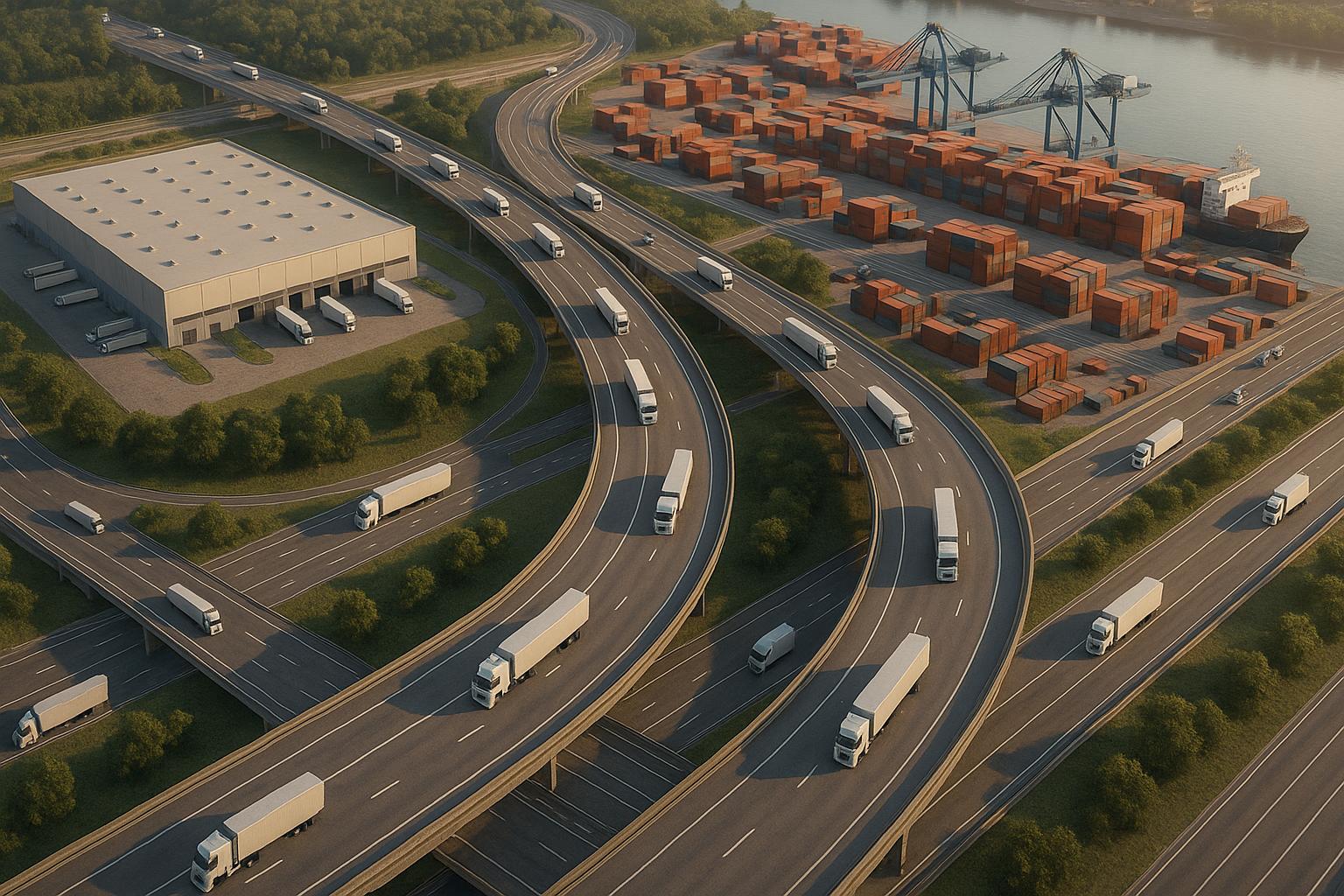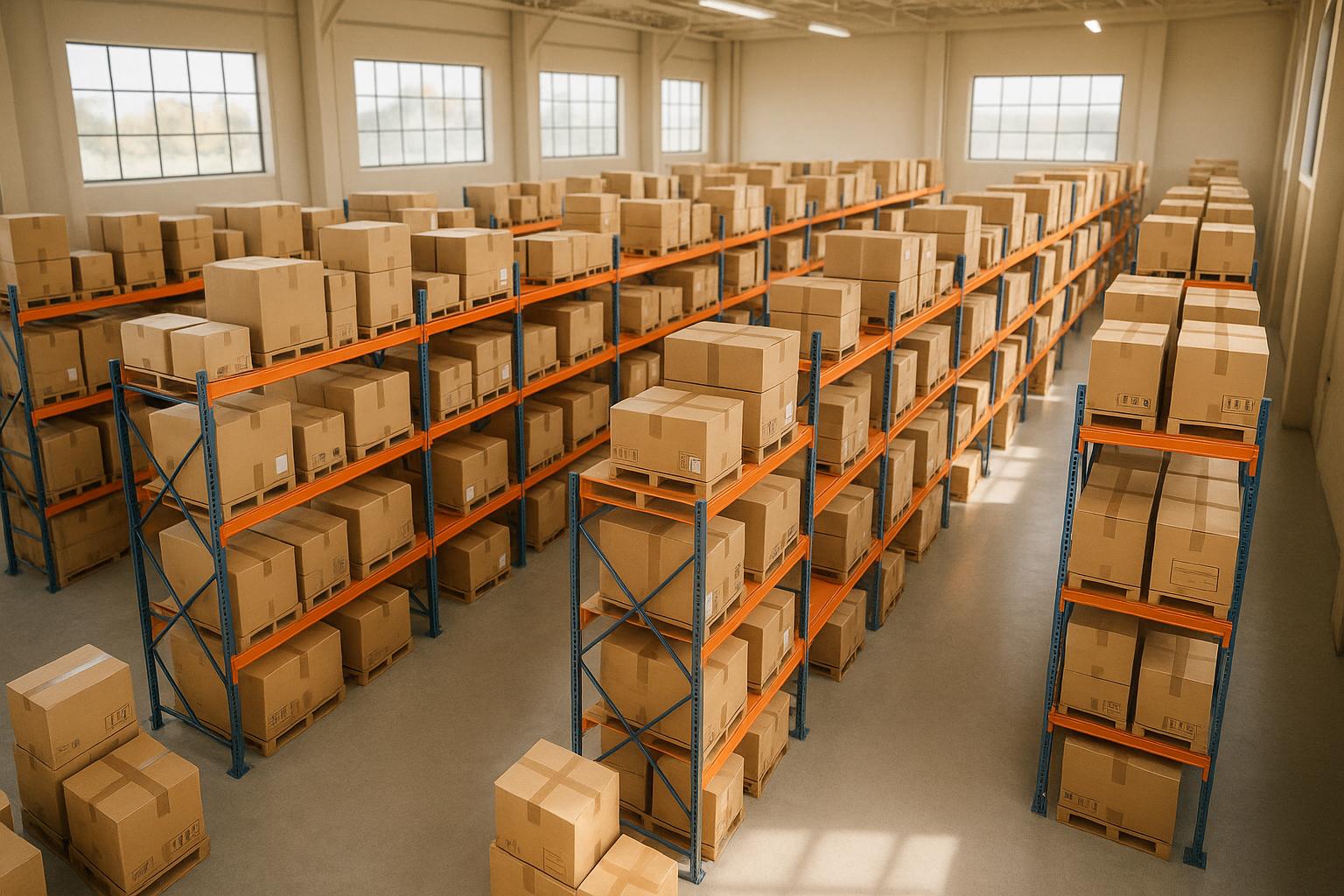Complete Guide to Supply Chain Planning Levels and Solvers

Efficient and scalable supply chain planning is essential for high-growth businesses, especially those in industries such as e-commerce, retail, technology, and manufacturing. For organizations processing over 3,000 orders per month, the complexities of supply chain management can’t be overstated. Success requires a structured approach to planning, supported by advanced solver tools tailored to each stage of the process.
This article dissects supply chain planning into its core levels - strategic, tactical, operational, and detailed scheduling - and explores how solvers (decision-making tools) enhance these processes. Whether you’re looking to optimize resource allocation or prepare for future disruptions, this guide will help your organization understand and implement supply chain solvers effectively.
Understanding Supply Chain Planning Levels
Efficient supply chain management requires clarity on the various planning levels. These levels are differentiated by their time horizons, degree of detail, and operational objectives. Here’s a breakdown of each:
1. Detailed Scheduling (Short-Term: 0–6 Weeks)
Detailed scheduling focuses on precise, short-term activities. This level operates on a continuous timeline, often visualized using Gantt charts, where planners sequence production activities and allocate resources effectively.
- Key Objective: Sequence production tasks with a focus on resource optimization.
- Processes: Assign and reassign products to different resources, fine-tune schedules, and ensure real-time adherence to production constraints.
- Key Difference: Unlike broader planning activities, detailed scheduling prioritizes precision and avoids time "buckets" (e.g., weekly or monthly groupings).
For example, if a production line is scheduled to produce 500 units of Product A, detailed scheduling ensures the exact sequence and timing for each batch, accommodating any resource shifts or constraints.
2. Operational Planning (Mid-Term: 7–26 Weeks)
At the operational level, planning transitions to a time-bucketed approach (often weekly or daily), managing production volumes and logistics within a mid-term horizon.
- Key Objective: Plan "what, when, and where" to produce, factoring in inventory levels, delivery schedules, and capacity constraints.
- Processes: Balance production schedules with delivery timelines, optimize inventory usage, and coordinate logistics.
- Flexibility: Time buckets can vary (hours, days, or weeks) based on the industry and specific production needs.
For instance, a beauty product manufacturer might determine production volumes weekly while scheduling deliveries to retailers within a 14-day window. Operational planning ensures inventory aligns with demand and delivery timelines.
3. Tactical Planning (Longer Mid-Term: 3–24 Months)
Tactical planning consolidates data for a high-level view of supply chain dynamics. This stage emphasizes aggregated data rather than granular details, providing a rough estimation of production and capacity needs.
- Key Objective: Create a long-term plan for capacity, inventory, and financial targets, anticipating potential risks or disruptions.
- Processes: Aggregate data for SKUs, resources, and customers; conduct rough-cut capacity planning (RCCP); model financial implications; and anticipate disruptions.
- Scenario Planning: Explore "what-if" scenarios, such as evaluating the impact of a factory closure or the addition of new production lines.
Tactical planning lays the groundwork for strategic decisions. For example, a health device company might use this stage to assess whether their current manufacturing capacity can meet anticipated demand for the next 18 months.
4. Strategic Planning (Long-Term: 2–5+ Years)
Strategic planning focuses on the big picture, aligning supply chain operations with corporate goals. Decisions here often cascade down to the tactical and operational levels.
- Key Objective: Determine long-term goals such as entering new markets, launching new products, or opening additional facilities.
- Processes: Assess supply chain designs, identify required infrastructure changes, and develop baseline versus future scenarios.
- Challenges: Bridging the gap between strategic plans and operational execution to ensure alignment across all levels.
For instance, a growing e-commerce brand might use strategic planning to decide whether to open a new distribution center closer to West Coast customers. This decision would significantly influence tactical and operational plans.
The Role of Solvers in Supply Chain Planning
Solvers are advanced tools that support decision-making across the various planning levels. They simulate scenarios, optimize resource allocation, and address constraints unique to each level.
Key Characteristics of Solvers:
- Detailed Scheduling Solvers: Handle granular constraints like production lot sizes, shelf life, and resource sequencing. These solvers are "heavy" due to their complexity and the volume of data they process.
- Operational Planning Solvers: Manage tasks like master production scheduling (MPS), material requirements planning (MRP), and distribution requirements planning (DRP).
- Tactical Planning Solvers: Simplify data by aggregating SKUs, resources, and customer demand. Their primary challenge lies in preparing accurate, aggregated data.
- Strategic Planning Solvers: Provide network design solutions to evaluate long-term changes, such as opening new plants or altering customer delivery models.
Challenges in Solver Implementation
While solvers are invaluable, their effectiveness depends on proper configuration and data management. Key challenges include:
- Data Aggregation: Aggregating complex data (e.g., bills of materials or demand rates) can be time-intensive and prone to errors.
- Industry-Specific Constraints: Operational solvers often require customization to address unique constraints within industries like health care, beauty, or technology.
- Alignment Across Levels: Ensuring decisions at the strategic level cascade effectively into tactical and operational plans is a common pain point. Misalignments can disrupt the entire supply chain.
For example, a tactical planner may estimate production capacity at an aggregated level, but detailed scheduling tools require granular data to refine resource allocation. Without proper integration, solvers may deliver suboptimal results.
Key Takeaways
-
Supply Chain Planning Levels:
- Detailed Scheduling: Short-term precision for sequencing production tasks.
- Operational Planning: Time-bucketed production and delivery planning.
- Tactical Planning: Long-term, aggregated estimations for capacity and risk planning.
- Strategic Planning: High-level decisions aligned with corporate goals.
-
Function of Solvers:
- Enhance decision-making at each planning level.
- Simplify data aggregation and manage constraints.
- Provide scenario modeling for risk mitigation and strategic alignment.
-
Challenges to Address:
- Effective data aggregation is critical, particularly in tactical solvers.
- Customization may be required for industry-specific constraints.
- Alignment across planning levels ensures a cohesive supply chain strategy.
Final Thoughts
Supply chain planning is a dynamic and multi-layered process, requiring attention to varying time horizons and operational demands. Solvers serve as powerful tools to streamline decision-making, but their success hinges on a deep understanding of planning processes and efficient data management.
For companies navigating complex supply chains, the ability to optimize both short-term execution and long-term strategy provides a competitive edge. By mastering the integration of solvers across planning levels, businesses can achieve scalability, cost efficiency, and customer satisfaction.
Ultimately, supply chain excellence lies in the details - whether it’s sequencing production tasks or assessing the viability of a new market. With the right tools and strategies, your business can thrive in an increasingly competitive landscape.
Source: "Bonus: supply chain planning levels" - Optimization4All, YouTube, Sep 9, 2025 - https://www.youtube.com/watch?v=96T8bSezDoY
Related Blog Posts
Related Articles

Freight Rate Negotiation for E-commerce Brands

10 Common Supply Chain Risks and How 3PLs Solve Them

